In this guide, Uncommon Designers will take you on a journey of discovering the benefits of incorporating native Texas plants for your landscaping projects, what kind of flowers, shrubs, trees, and cacti you can find in our region, and how to properly incorporate and care for them. Read on to learn more!
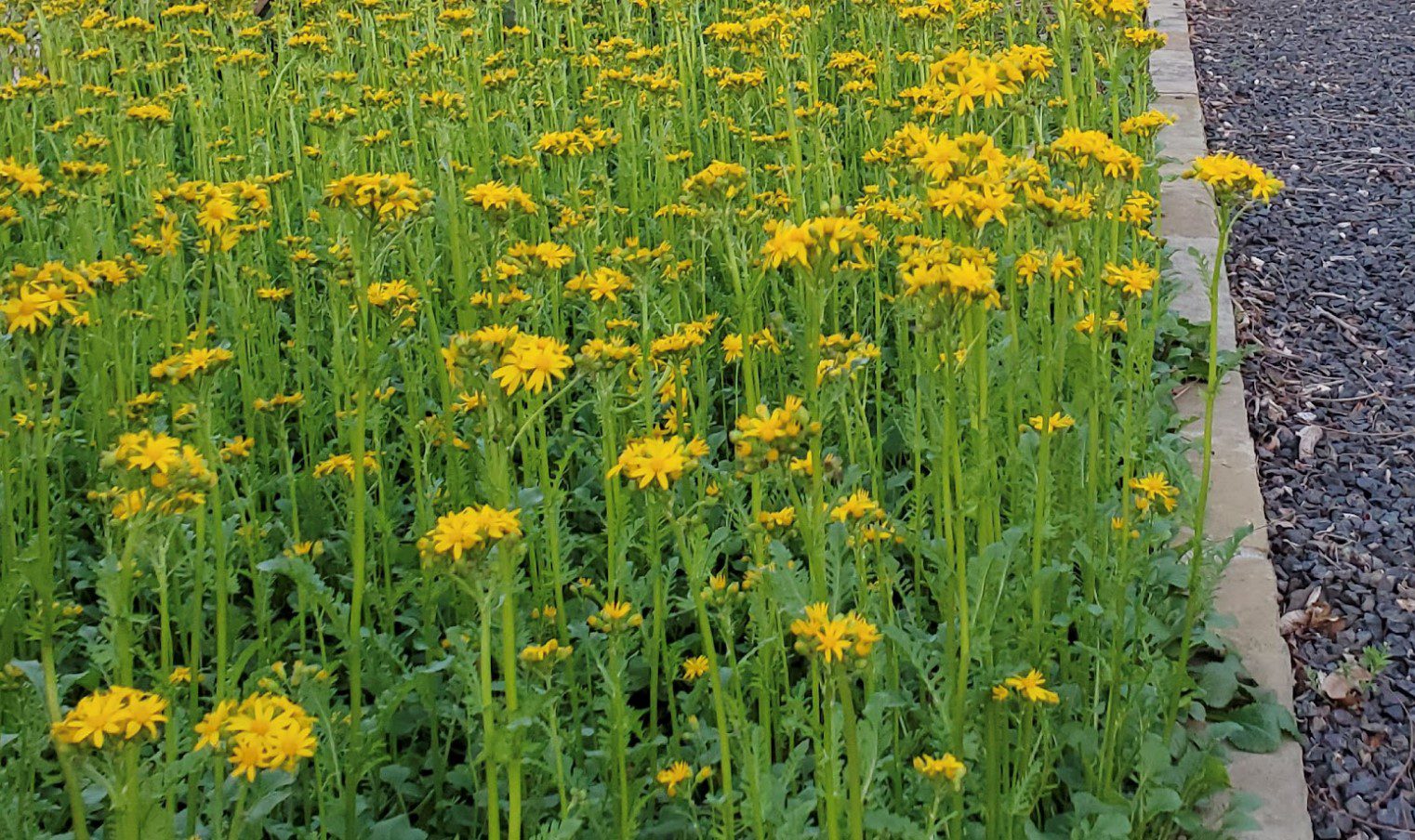
Benefits of Native Texas Plants for Landscaping
The use of native Texas plants in your landscaping can bring about a host of benefits. The local ecosystem thrives when indigenous plants are chosen, as they have evolved to survive and flourish in Texas’s specific climate conditions. They require less water and maintenance than non-native species, making them a cost-effective and sustainable choice.
These plants also support local wildlife, providing food and shelter for insects, birds, and mammals. From a design perspective, native Texas plants, with their wide range of textures, colors, and sizes, can offer a distinctive aesthetic appeal that sets your garden apart. Incorporating native plants into your design is also part of sustainable biophilic landscaping practices.Â
What Plants are Native to Texas?
Texas is a diverse state with various eco-regions, each offering a unique palette of native plants. Some common ones include Bluebonnets, Indian Paintbrush, and Black-eyed Susan for a splash of color. For shrubs, consider Yaupon Holly or Texas Sage. Native evergreens such as the Ashe Juniper and Live Oak provide year-round greenery. These and a host of others are just a few examples of the native Texas plants you can incorporate into your landscaping.
A Closer Look at Native Texas Plants
To create a resilient and visually pleasing landscape, knowing your plants is crucial. Here are some native Texas plants, their unique characteristics, and why they’re an excellent fit for the Texas ecosystem.
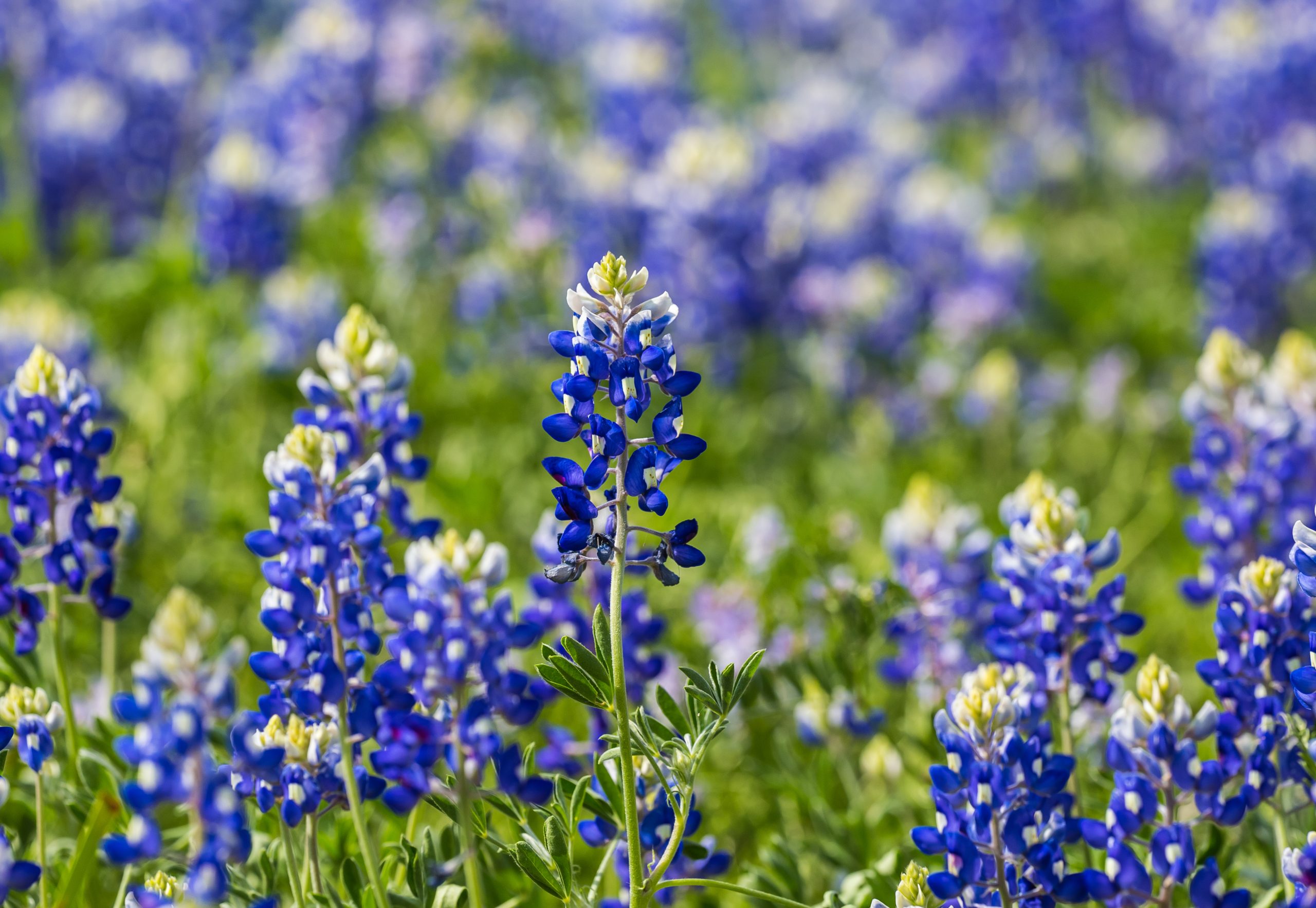
Texas Bluebonnet
The Texas Bluebonnet (Lupinus texensis) is not only the state flower of Texas but also one of the most iconic wildflowers in the Lone Star State. Known for its vibrant blue blossoms, it paints fields and roadsides from March to May. Bluebonnets are hardy plants that can withstand poor soil conditions and are drought-tolerant. They attract pollinators, aiding in the overall health of the local ecosystem.
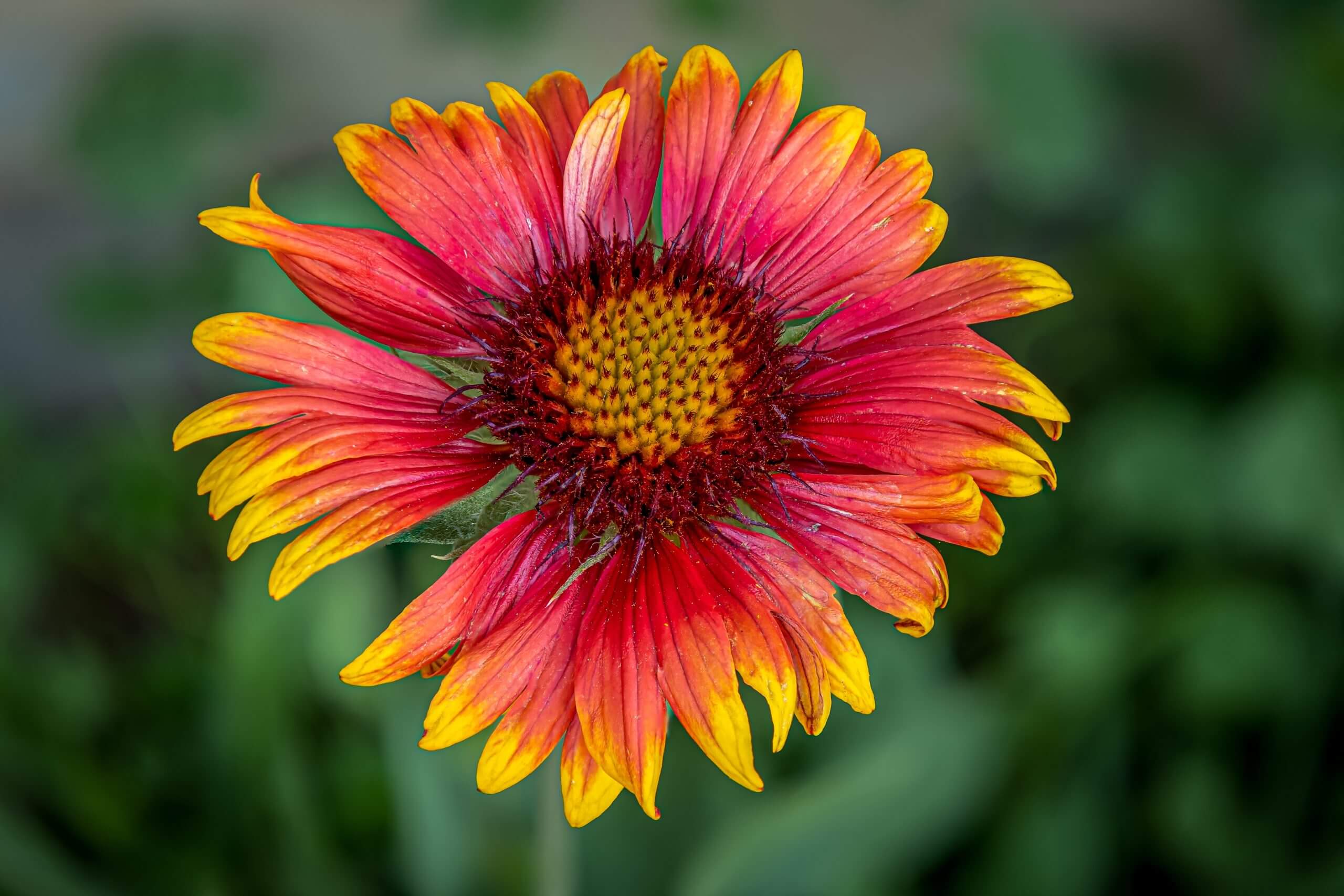
Indian Blanket
The Indian Blanket (Gaillardia pulchella), also known as Firewheel, is a show-stopping wildflower that displays vibrant red and yellow blooms that resemble a colorful blanket. They are highly resilient, tolerate dry and sandy conditions, and thrive in full sun. The Indian Blanket’s bright flowers attract butterflies, supporting the local pollinator population.
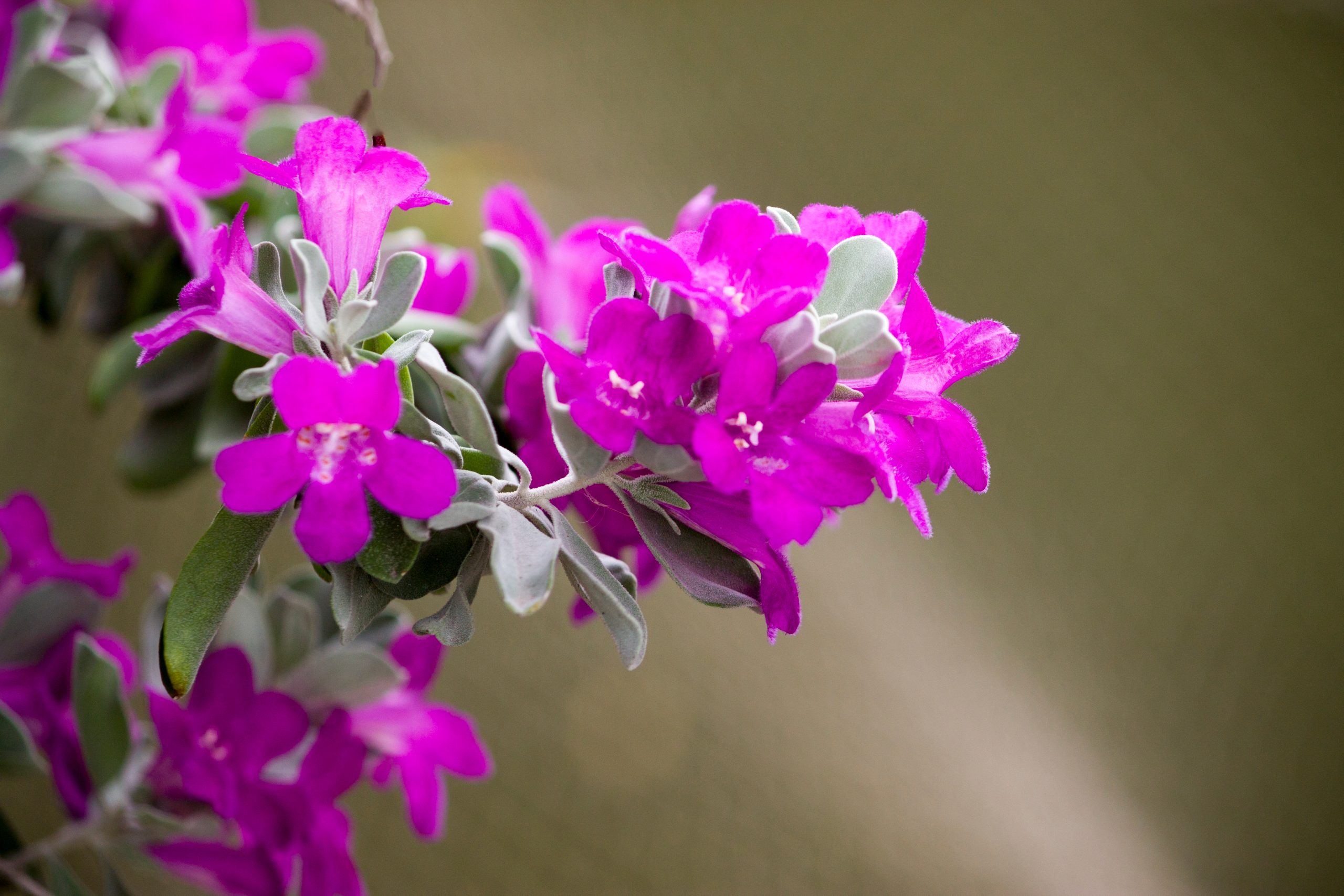
Texas Sage
Texas Sage (Leucophyllum frutescens), also known as Barometer Bush, is a sturdy shrub known for its silver-green foliage and stunning purple blooms. Its blossoms tend to appear after rain, making it a natural barometer. Texas Sage is highly drought-resistant and thrives in full sunlight and well-drained soil, making it a perfect choice for Texas’s climate. Its flowers are also a favorite of hummingbirds and butterflies.
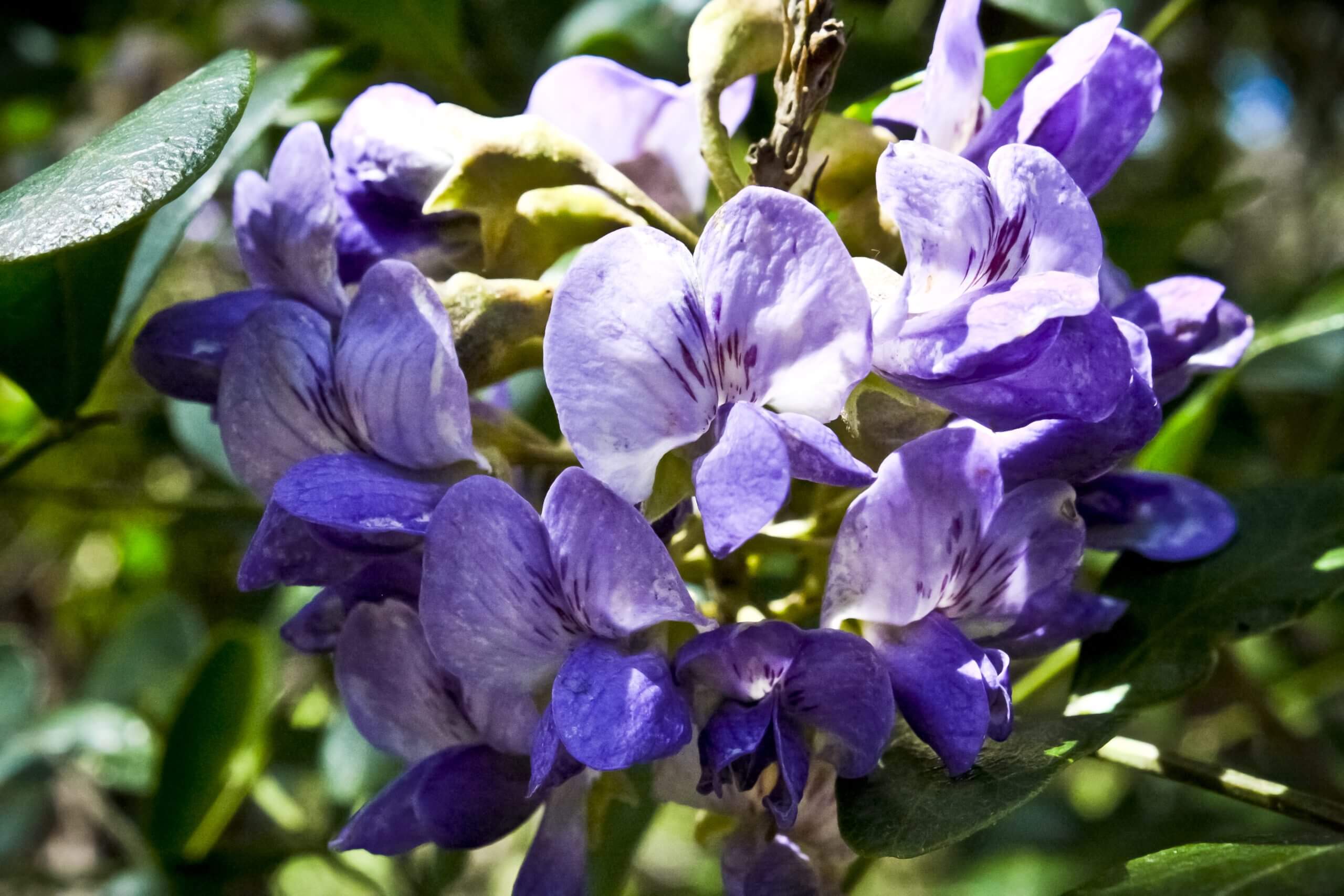
Mountain Laurel
Mountain Laurel (Sophora secundiflora) is an evergreen shrub beloved for its fragrant purple flowers blooming in early spring. This hardy and drought-tolerant plant makes it ideal for a low-maintenance Texas landscape. Its dense foliage provides shelter for small wildlife, while its flowers are a nectar source for bees and butterflies.
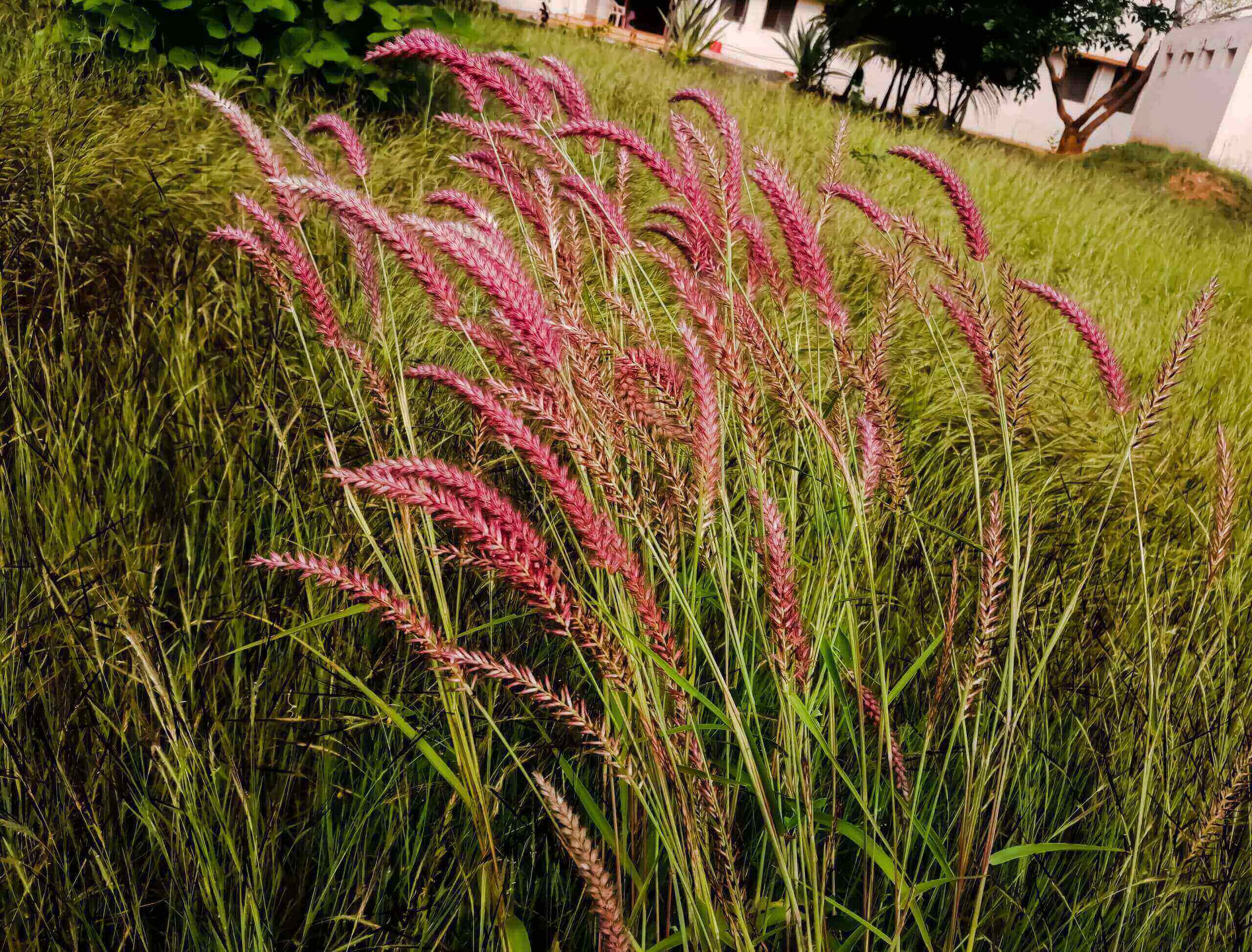
Switchgrass
Switchgrass (Panicum virgatum) is a prairie grass known for its upright form and beautiful fall color. This grass is extremely hardy, tolerating poor soil and drought. It’s perfect for adding texture and movement to your landscape. Additionally, Switchgrass provides cover for wildlife and helps prevent soil erosion.
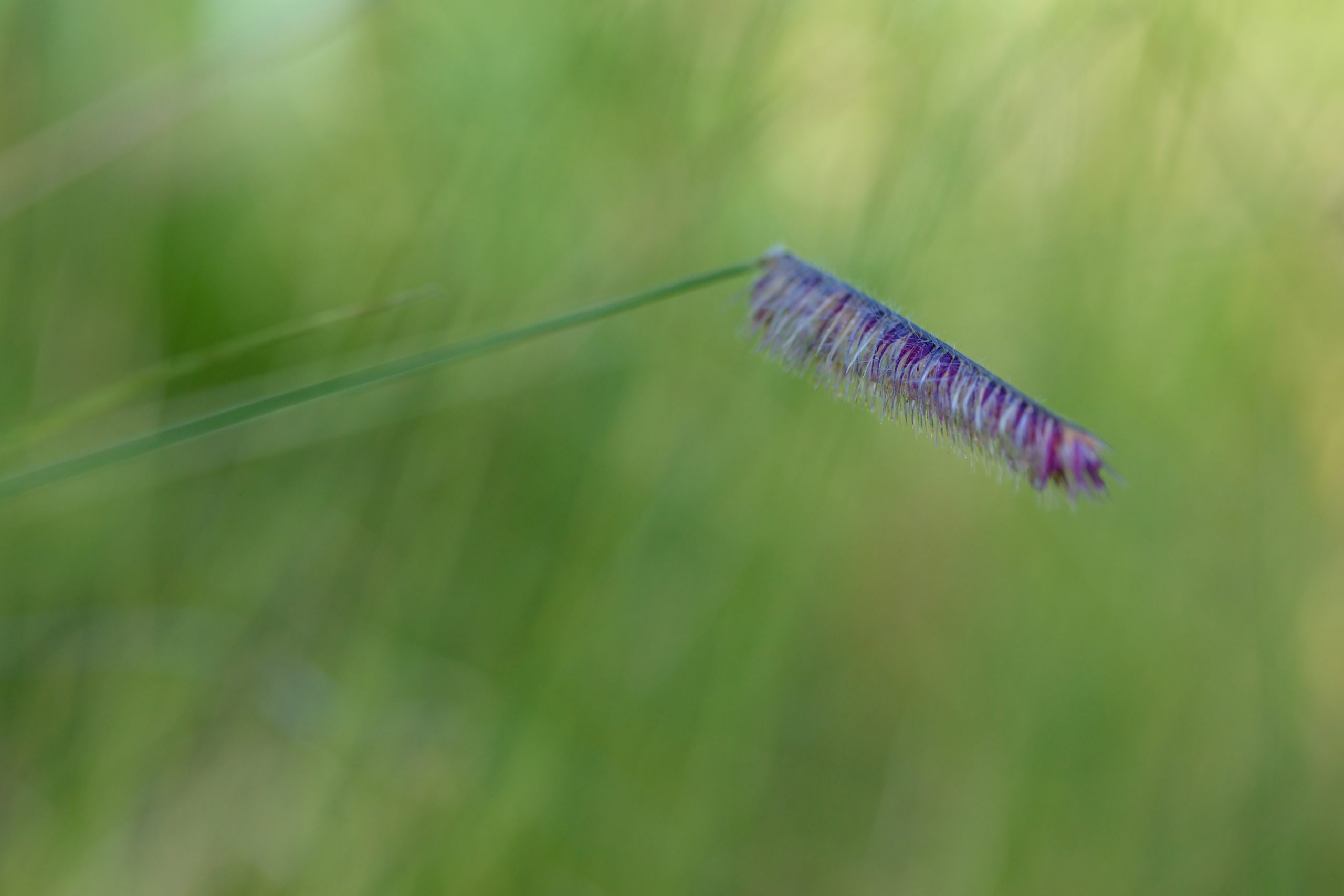
Blue Grama
Blue Grama (Bouteloua gracilis) is a perennial grass that stands out for its distinctive “eyebrow” seed heads. This grass is highly adaptable, tolerating dry and occasionally wet conditions. It requires minimal maintenance and provides food and habitat for wildlife, making it an excellent choice for a sustainable landscape.
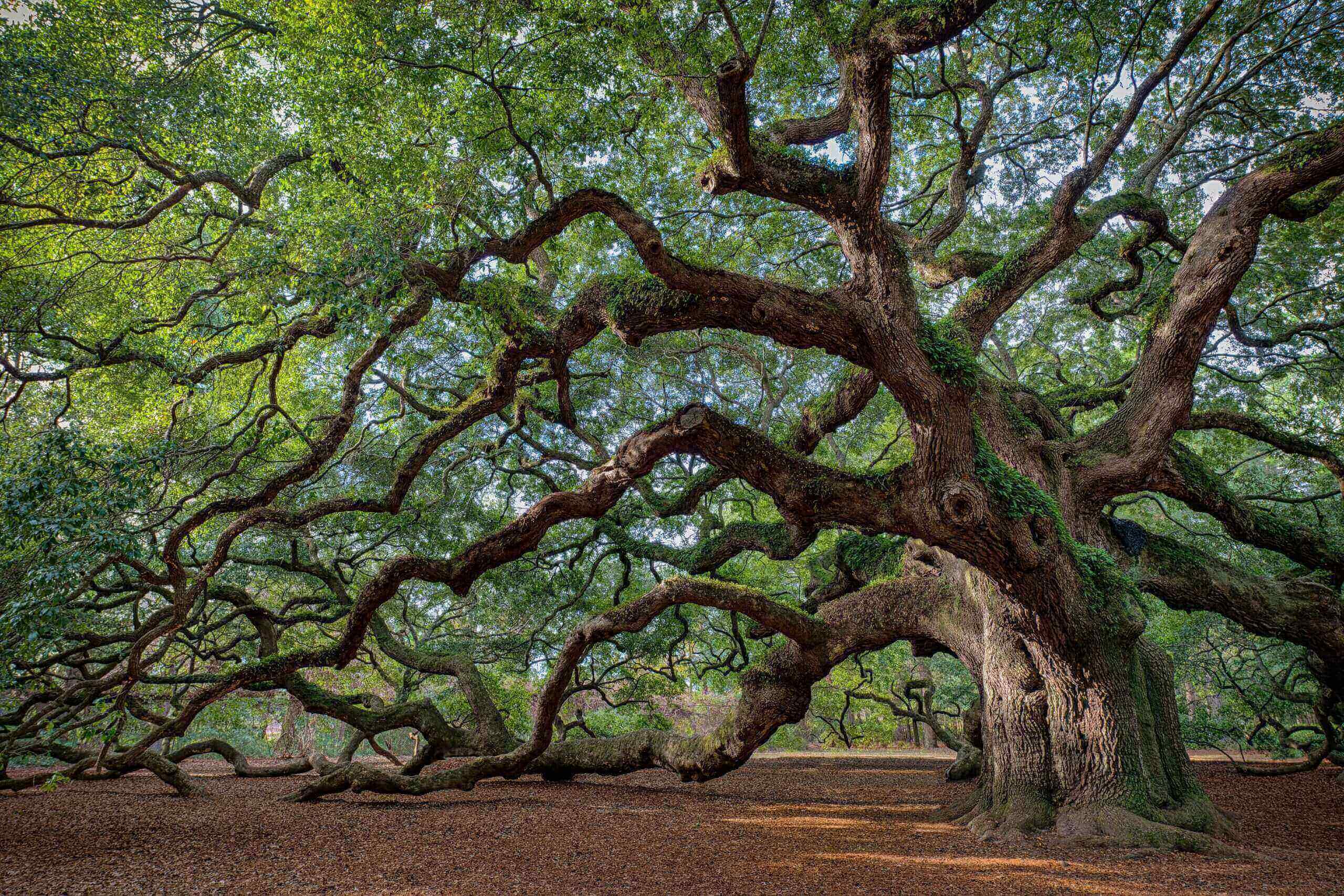
Live Oak
Live Oak (Quercus virginiana) is a majestic tree known for its broad canopy and evergreen leaves. This tree is an essential part of the Texas landscape, providing shade during the hot summers and habitats for various bird species. Live Oaks are drought-tolerant once established and can live for hundreds of years, making them a lasting legacy in your landscape.

Texas Ash
The Texas Ash (Fraxinus texensis) is a native deciduous tree that provides beautiful fall color, with leaves turning from green to vibrant shades of yellow, orange, and purple. This tree is drought-tolerant and prefers well-drained soils. Texas Ash is an excellent choice for adding structure and seasonal interest to your landscape.
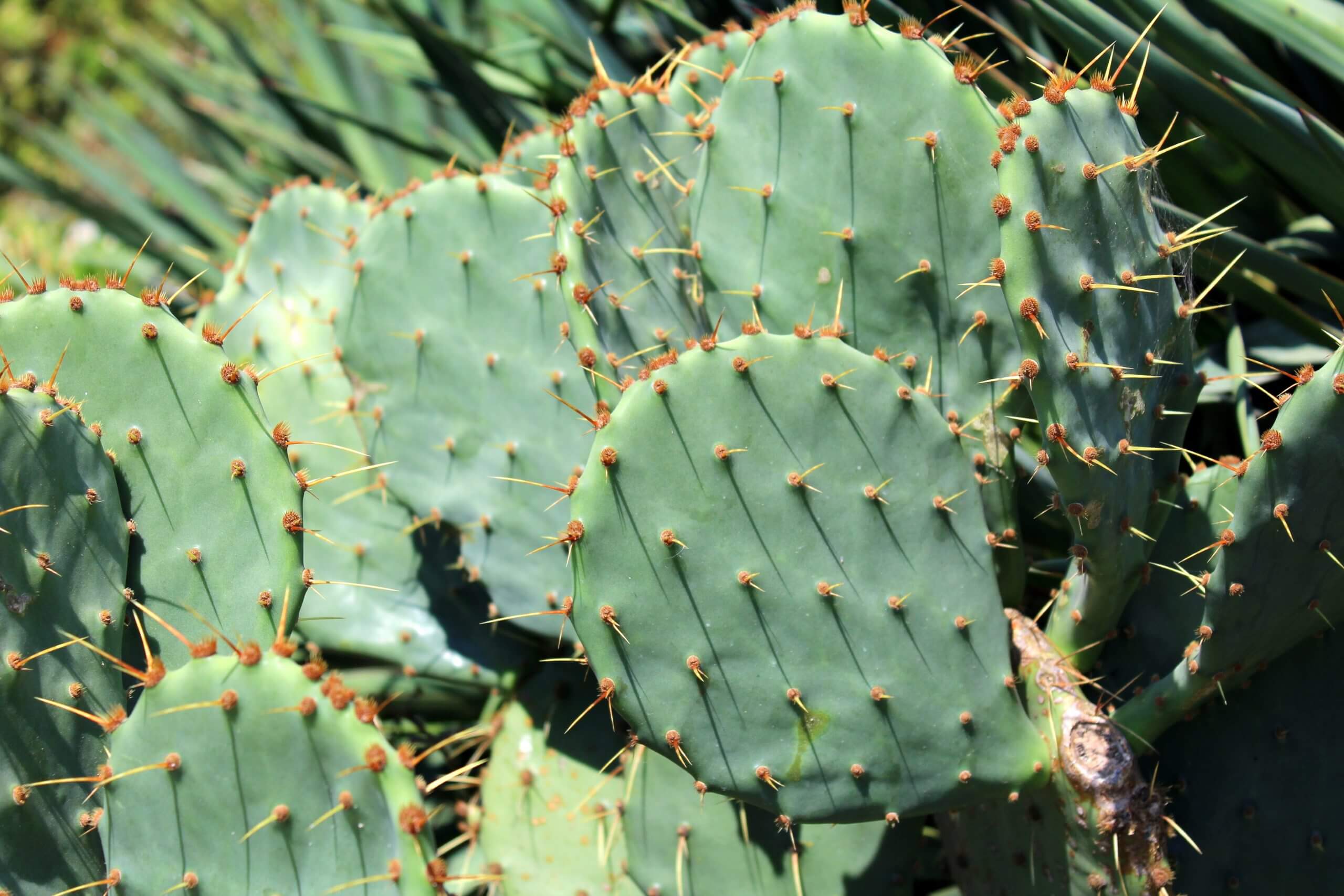
Texas Prickly Pear
The Texas Prickly Pear (Opuntia engelmannii) is perhaps the most iconic cactus in Texas. Known for its broad, flat pads and bright yellow to red flowers, this cactus adds a unique texture and form to the landscape. It’s highly adapted to the Texas heat and drought, and its fruits provide food for various wildlife.
Where to Source Native Texas Plants
Many local nurseries and garden centers in Dallas, Texas, sell native plants. Ask about their origin, as sourcing locally grown plants further supports the local ecosystem and ensures the plants are adapted to Texas’s climate. Some online platforms specialize in native Texas plants, offering a wide variety and delivery to your doorstep. You can also participate in local plant sales and swaps, a great way to learn from other Texas garden enthusiasts and source unique species.
Determine the Perfect Plant for your Landscaping Project
Selecting the right plant for your landscaping project can be daunting, given the plethora of native Texas plants available. Consider factors like the size of your garden, soil type, sunlight exposure, and personal aesthetic preferences. Research different species’ growth habits, mature sizes, and maintenance needs. This way, you will ensure that your chosen plants will thrive in your garden and complement each other well.
Investigate the Requirement for Each Species
Once you’ve selected the plants for your garden, learn their specific requirements. Understand their hardiness zones and familiarize yourself with their sunlight and water needs.
Hardiness Zones
The USDA (United States Department of Agriculture) defines Hardiness zones to help gardeners understand which plants can grow in their area based on the region’s minimum temperatures. Texas is divided into several hardiness zones, ranging from 6a to 10a. Ensure your selected native plants match your zone.
Sunlight and Water Requirements
While most native Texas plants are adapted to full sun and heat, some may prefer partial shade. Similarly, although many native plants are drought-resistant, each has specific watering needs. Make sure to take these factors into account when planning your landscape.
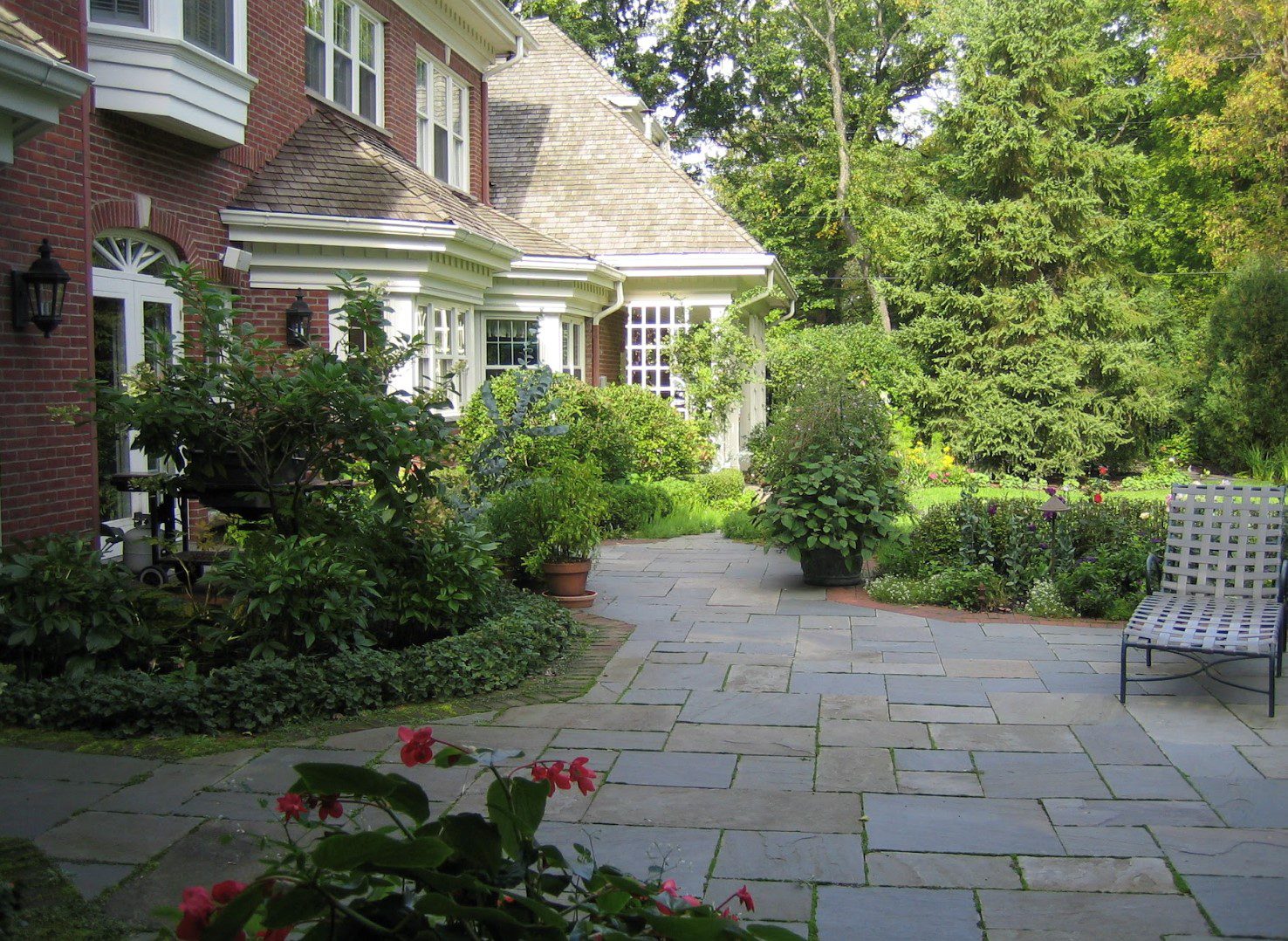
Choose Appropriate Location
Once you’ve identified your plants’ needs, plan their location in your garden. Ensure they are placed in well-drained soil and in an area that matches their sunlight needs. Consider the mature size of each plant to ensure they have sufficient space to grow without crowding each other.
Well-drained Soil
Most native Texas plants prefer well-drained soil. Ensure your garden’s soil retains water for only a short time, as this can lead to root rot and other issues.
Sufficient Sunlight
Ensure each plant is placed where it will receive the appropriate amount of sunlight. Some plants may need full sunlight, while others may prefer partial shade.
Consider Plant Design
A well-thought-out plant design can elevate your garden’s aesthetic appeal. Consider groupings of similar plants for a more cohesive look. Mix and match different plant heights, textures, and colors to create depth and visual interest.
Groupings
Grouping similar plants together can create a visually pleasing landscape. For example, a cluster of Bluebonnets or Black-eyed Susans can make a striking color splash.
Create Depth Using Non-Native
While the focus should be on native plants, incorporating a few non-native but well-adapted species can provide additional color, texture, and depth.
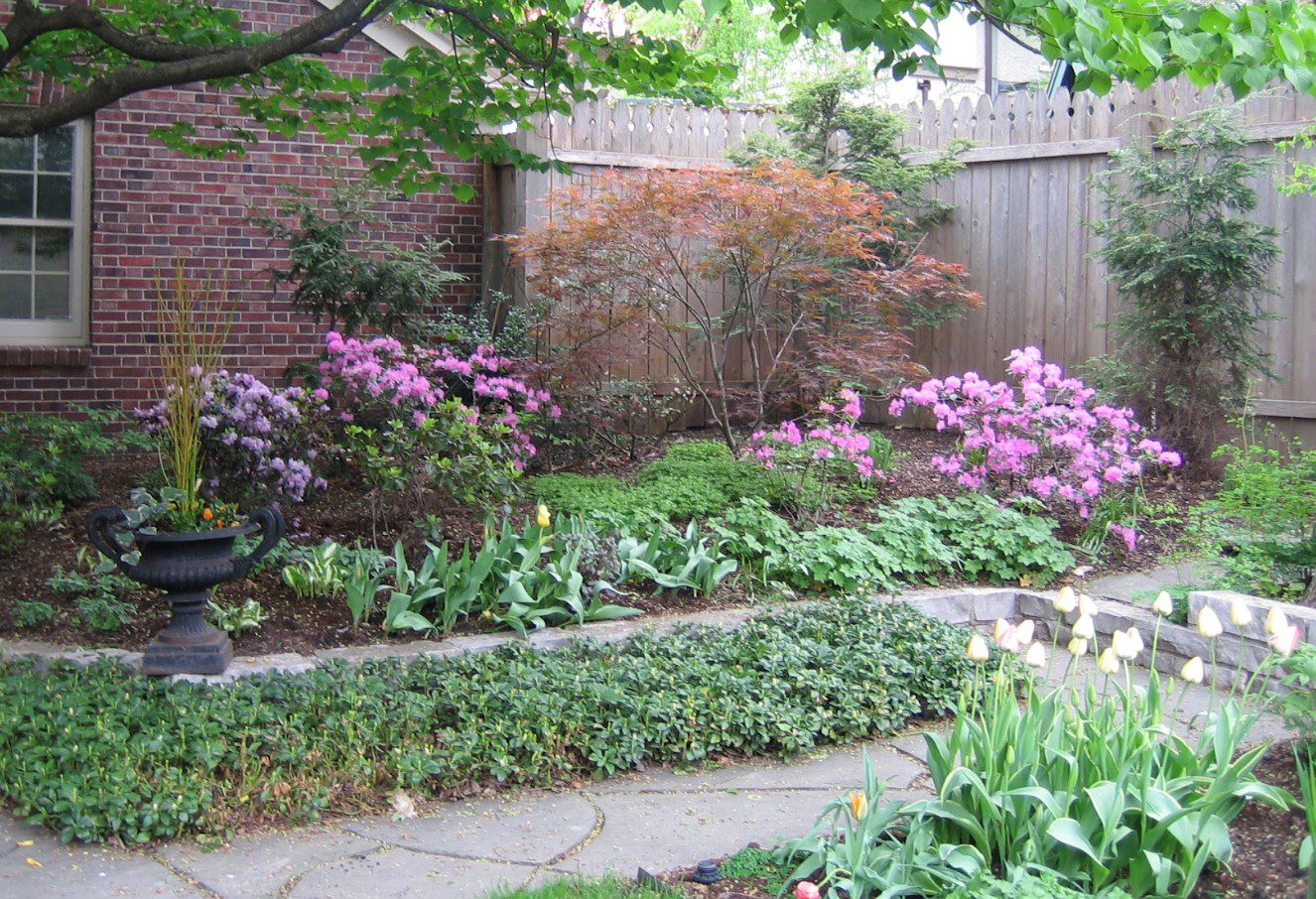
Properly Care for Your Plants
Maintenance of native Texas plants involves regular weeding, applying mulch, and setting up appropriate watering systems. While they are generally low maintenance, regular care will help your garden thrive.
Maintenance
Keep your garden tidy by removing weeds competing with native plants for resources. Prune your plants regularly to encourage bushier growth and remove dead or diseased parts.
Caring for a Native Texas Landscape
Native Texas plants, being well-adapted to the local climate and soil, require less care than non-natives. However, occasional watering during dry spells, especially for newly planted specimens, will help them establish.
Mulching and Weeding
Applying a layer of mulch around your plants will help conserve water, suppress weeds, and improve the soil’s fertility over time. Regular weeding will ensure your plants aren’t competing for nutrients and water.
Sprinkler Systems and Fertilization
Consider installing a sprinkler system for efficient watering. While native plants generally don’t require additional fertilization, a yearly application of compost can benefit soil health.
Finishing Touches
Complete your landscape design by adding ground covers and decorative accents. Ground covers like Frogfruit can fill empty spaces and add a carpet of green. Decorative accents like stepping stones, birdbaths, or sculptures can enhance the beauty of your landscape.
Common Questions
What type of maintenance do native Texas landscapes require?
Native Texas landscapes are generally low-maintenance. They require less watering and are more resistant to pests and diseases than non-native plants. However, occasional weeding, pruning, and supplemental watering during extreme dry spells are beneficial.
I have a small garden. Can I still use native Texas trees in my landscape design?
Absolutely! Several native Texas trees grow well in smaller spaces. For instance, the Mexican Plum and the Texas Redbud are smaller trees that provide beautiful blooms in the spring.
How do I make sure my native Texas plants survive the winter?
Most native Texas plants are well-adapted to local weather conditions and can survive the winter without extra care. However, some may benefit from a layer of mulch to protect them from the extreme cold. Watering your plants thoroughly before a hard freeze is also a good idea.
Are native Texas plants good for attracting wildlife?
Absolutely! Native Texas plants play a crucial role in supporting local wildlife. Many provide nectar for pollinators like bees and butterflies, seeds and fruits for birds and other wildlife, and habitats for various creatures.
Are native Texas plants all drought-resistant?
While many native Texas plants are adapted to withstand periods of drought, it’s not the case for all. Some native plants may require regular watering, especially during extremely dry spells. Always research your chosen plants to understand their specific watering needs.
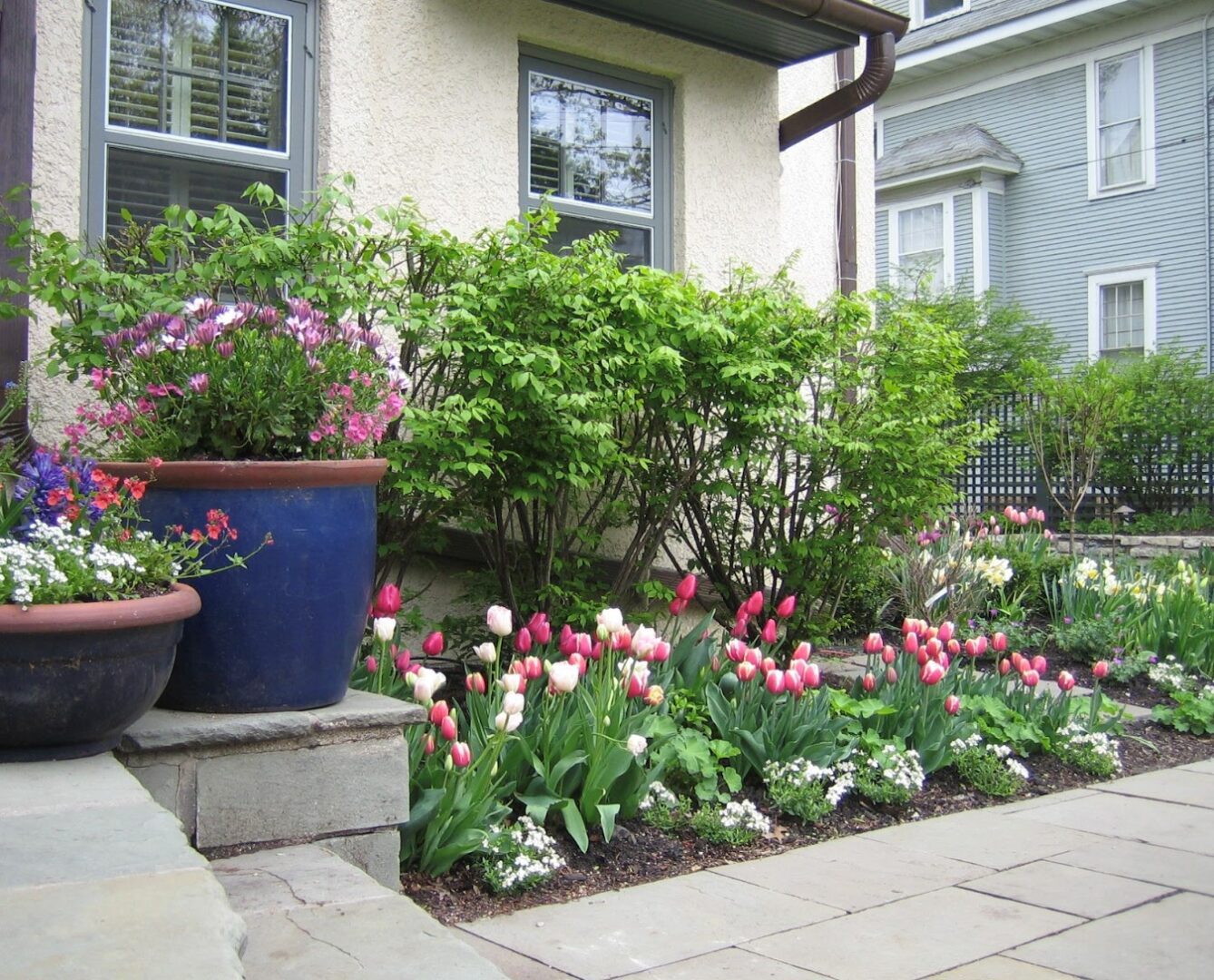
Designing a landscape with native Texas plants is a sustainable choice!
By going local you can create a unique landscape that supports the Texas ecosystem, conserves water, and stands out with its distinctive Texan charm. Start planning your native Dallas garden today!
Want the help of seasoned professionals? Call Uncommon Designers at (972) 371-9531 today and we’ll help you build your beautiful local landscape with our native plant expertise.


Recent Comments